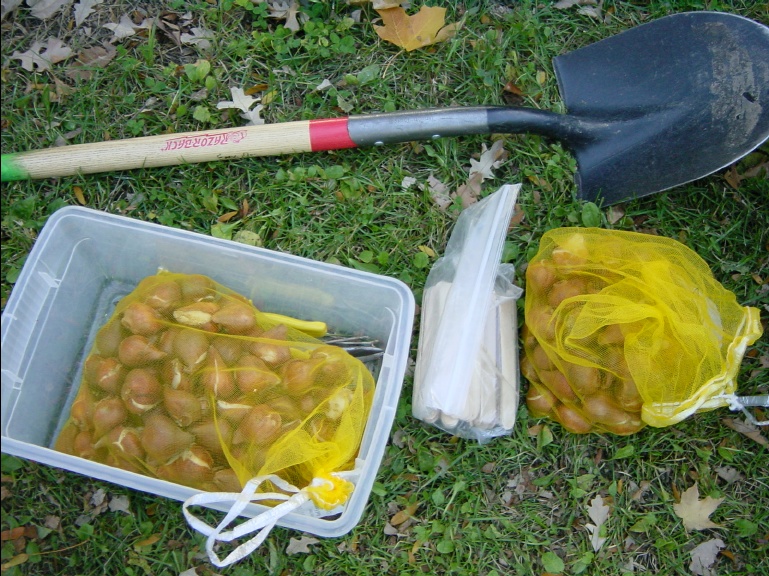Monarch Migration Updates are the core of Journey North's live program. Each Update includes a Journal Page They include real-time migration maps and challenge questions, authentic field observations from citizen scientists, they summarize news about the migrations and include related lessons and links. Invite students to collect and reflect on the news.
How long does it take a monarch to migrate to Mexico? Here's one butterfly's story:
In fall 2014 a monarch was tagged in Indiana on September 20. It was recovered on November 1st in the Mexican state of Tamaulipas where it was nectaring on sunflowers. The butterfly had traveled 1,386 miles in 40 days. It had only 300 more miles to travel to reach the overwintering sites in central Mexico.
Based on the migration rate so far, how many days do you think the total trip to the overwintering grounds would take?
Everybody loves hummingbirds, so the last thing we want to do is to harm them. Do not use red-dye solution or add red food coloring in your hummingbird feeders.
Toxic Chemicals
Commercial nectars contain a petroleum-based dye, Red Dye #40. Although this dye is approved by the FDA in the United States, there is enough uncertainty about the safety of Red Dye #40 that it is banned in Austria, Belgium, Denmark, France, Germany, Sweden, and Switzerland.
When Shimmer? When Not?
When you look at an animal, it's usually easy to tell what color it is, but hummingbirds can fool us! Sometimes the hummer's throat feathers, called the gorget, shimmers with color. But other times it looks dark.
For a long time, scientists didn't know what made the gorgets of many male hummingbirds seem to change. But now they have an idea, thanks to special microscopes that allowed them to take a closer look at the feather structures.
Helpful Tips
Each fall, people are concerned about cold nights, how long to leave feeders up, and making the best sugar solutions. Here are some helpful tips:
Introduction
Each fall, people are concerned about bees and wasps competing with hummingbirds at feeders. While some hummers feed in harmony with these insects, many end up fighting hornets, honeybees, and yellow jackets. The most common are bees, wasps, and ants. Other insects such as moths and earwigs may also be attracted to nectar. A feeder with too many bugs becomes contaminated and can keep hummers away. How can you safely discourage pests from bothering feeders so that your visiting hummingbirds will get the sugar-water nectar?
Traveling Southward
At the end of summer and beginning of fall, Ruby-throated Hummingbirds start migrating toward their wintering grounds. How quickly will they travel southward?
Based on banding re-encounters, one hummer flew 1,200 miles in 12 days. That means it traveled 100 miles per day. Another hummer flew 335 miles in 7 days — 48 miles per day. Overall, the average rate of travel is estimated at fewer than 25 miles per day.
Fluffing, Shivering, and Entering Torpor
Feathers as Insulators
When it's cold, a hummer often looks fat because it's fluffing its feathers for extra insulation. It's body temperature is about 105°F (40.5°C). By fluffing its feathers, the hummingbird is able to trap the warm air and protect its body from the surrounding cold air.
Stop and Go
Hummingbird migration is a stop and go journey. As hummers travel south, they must find places to rest and refuel along the way. Is your yard a valuable stopover site for hungry hummers?
Finding Natural Nectar
Hummingbirds must find blooming flowers all along the migration pathway. They travel while their food supply is readily available — before flowers go out of bloom or are damaged by frost. This is why hummingbirds are among the first birds to migrate in the fall.
How to Participate

Get ready for participating in the Tulip Test Garden project. Follow these simple step-by-step directions.
